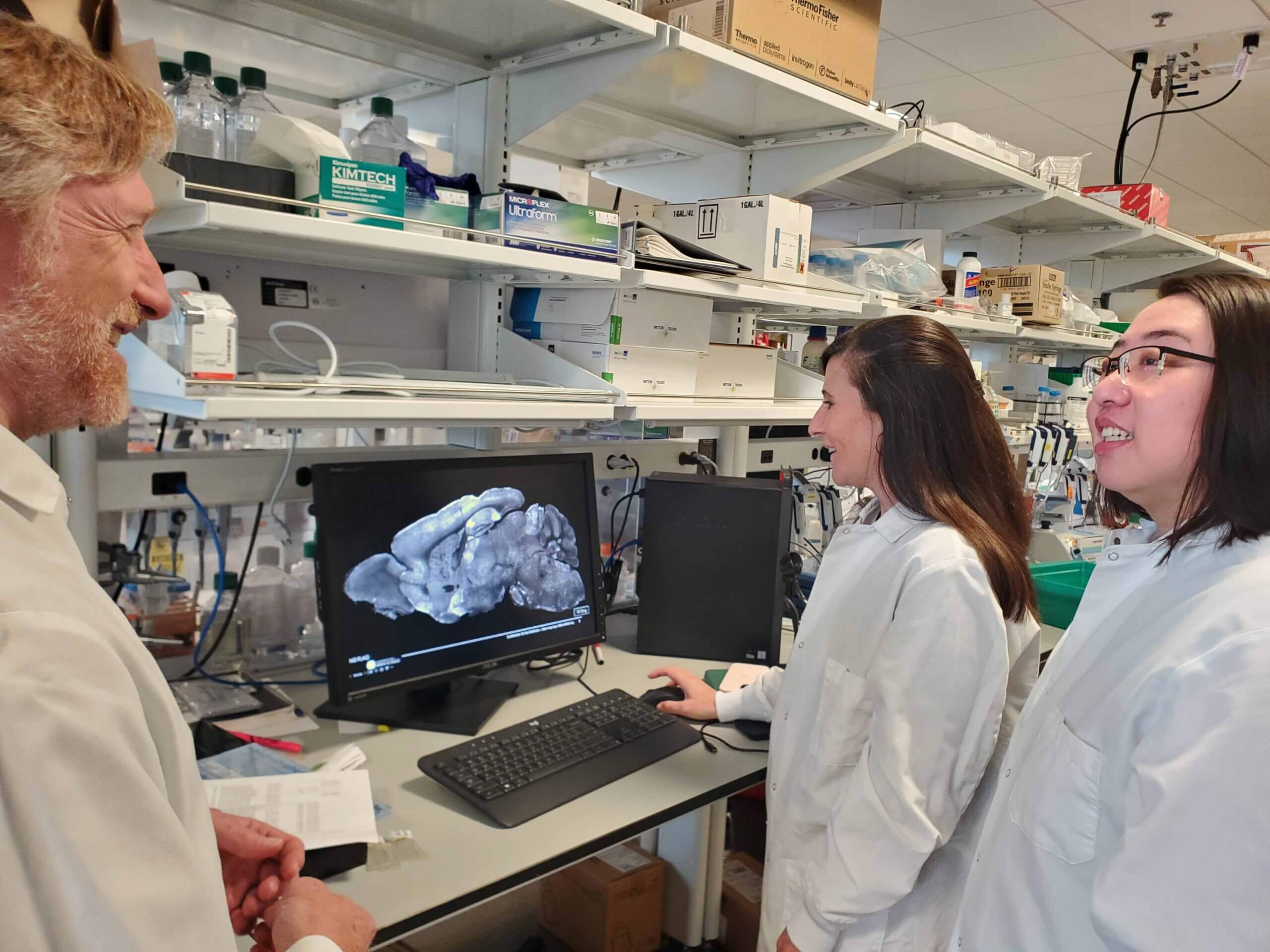NYU Langone Receives $8 Million National Institutes of Health Grant to Develop State-of-Art Brain Implant to Study Epilepsy
There are more than 3.4 million adults and children in the United States with active epilepsy, and about one million of those experience seizures that are unable to be controlled by medicine. To further understand this intractable form of epilepsy, NYU Langone Health has been awarded an $8 million grant from the National Institutes of Health (NIH) to develop a state-of-the-art implantable monitoring device to collect previously unobtainable data on how the brain behaves moments before and during a seizure.
“Current technology used to capture brain activity related to epileptic seizure is decades old, and has limited our progress in developing new treatments,” says Daniel Friedman, MD, co-director of the electroencephalogram (EEG) laboratory at NYU Langone’s Comprehensive Epilepsy Center. “We now have the opportunity to build a new, ultrathin implantable device that can have thousands of measurement contacts instead of dozens,” says Dr. Friedman, who is also a professor in the Department of Neurology at NYU Grossman School of Medicine. “There is so much more we will be able to learn about electrical activity in the brain.”
The funding, which carries an NIH UG3/UH3 designation indicating innovative development and clinical research, will be shared in partnership with New York University’s Center for Neural Science, Duke University, the University of Utah, and Blackrock Neurotech.
Designed by Jonathan Viventi, PhD, assistant professor in the Department of Biomedical Engineering at Duke University, the implant uses a flexible liquid crystal polymer thermoplastic material that seals around a network of circuits connecting hundreds to thousands of electrodes. Prototypes were tested intraoperatively for a period of up to 30 minutes in dozens of patients at both Duke and NYU Langone. A new version of the device for clinical use that can be implanted up to 30 days will now be developed by Duke, the University of Utah, and Blackrock Neurotech.








